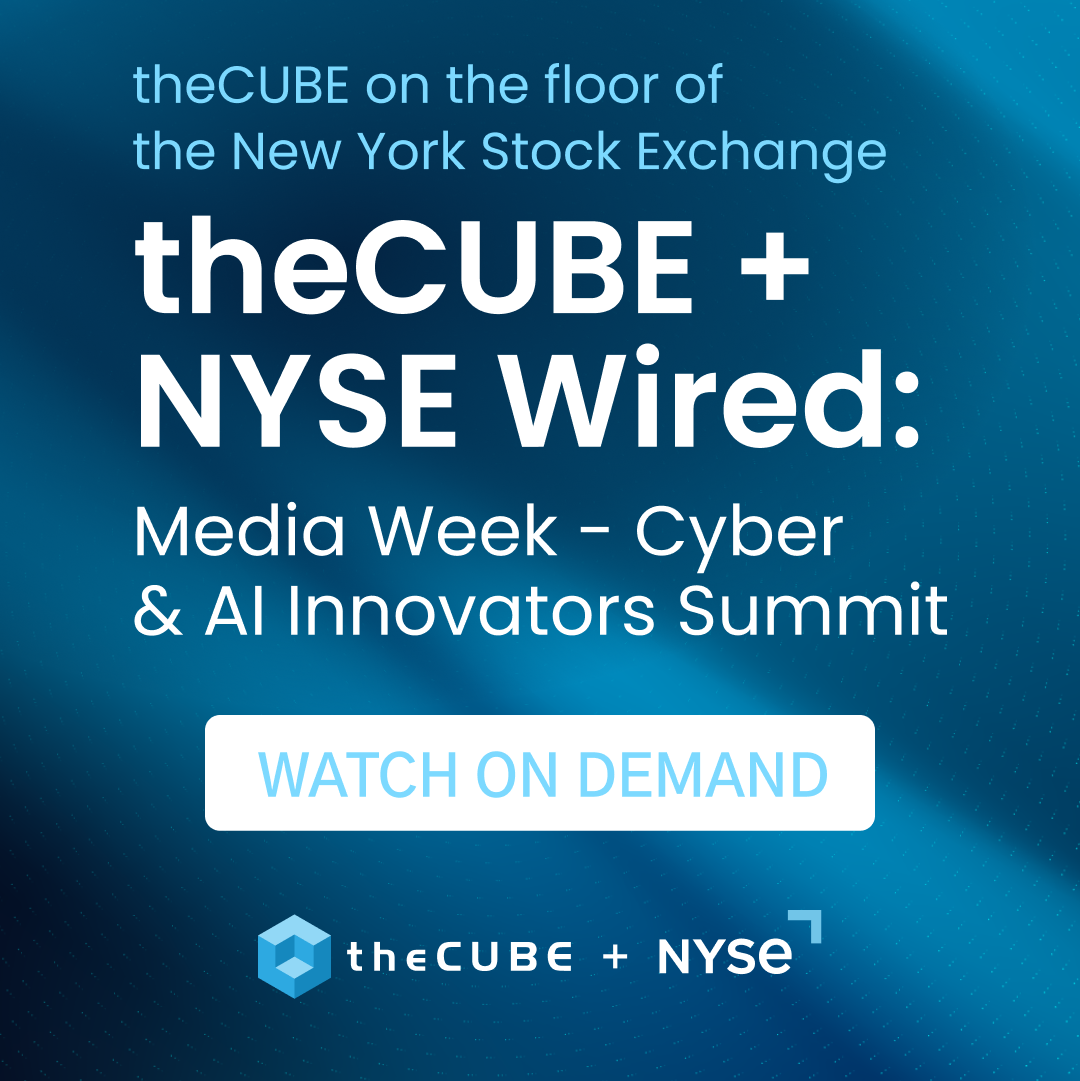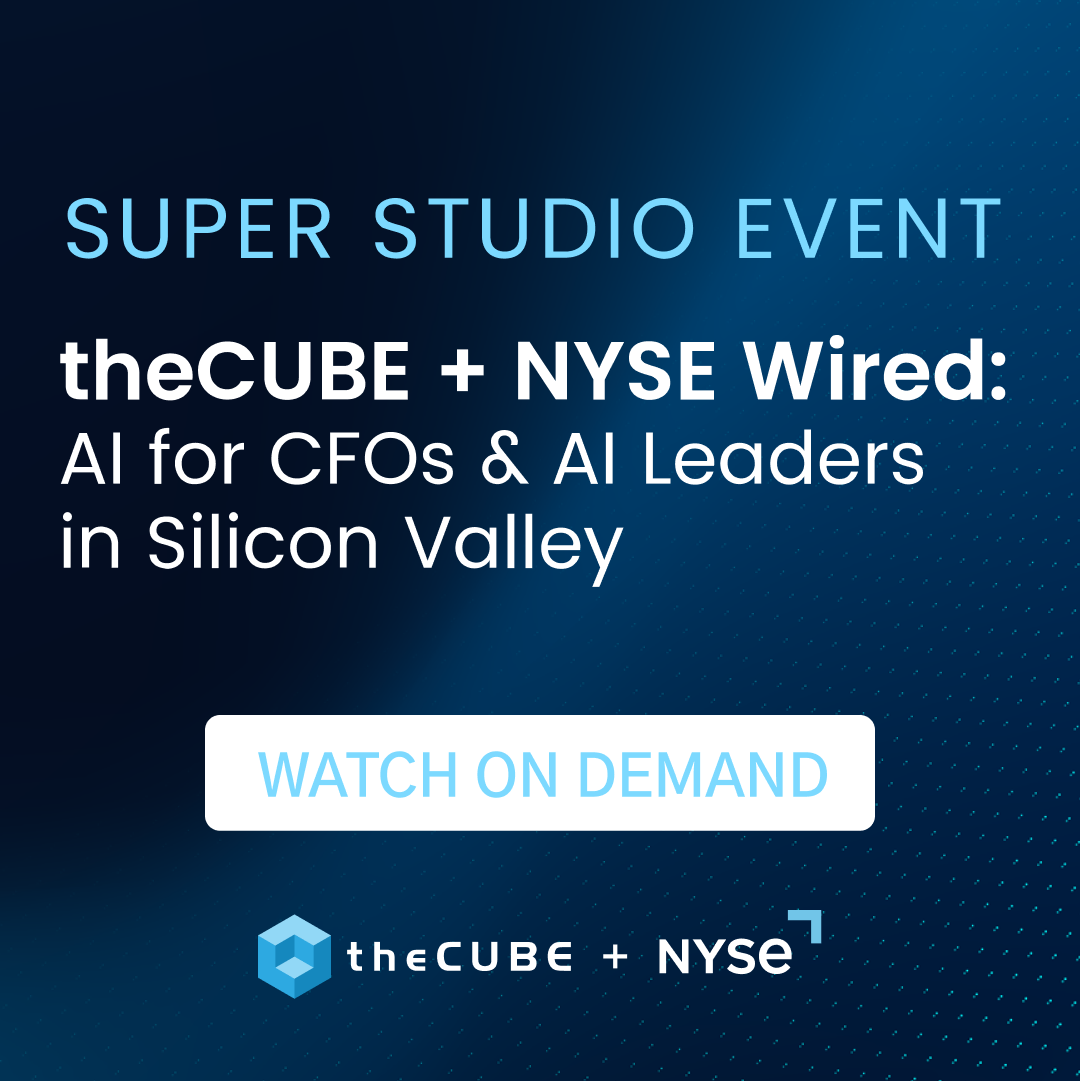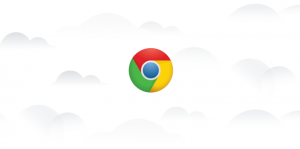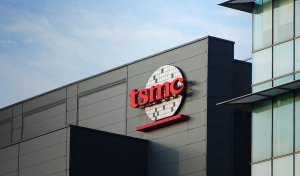Twitter’s New Brand Pages: the Right Direction for Social Ads?
![]() Social media plays a crucial role for brands these days. As seen on Facebook and Twitter (and even Google+), brand pages are important to keep audiences interested by constantly updating their pages, telling consumers what’s new in their product lines. They also hold events and contests to increase their audience engagement.
Social media plays a crucial role for brands these days. As seen on Facebook and Twitter (and even Google+), brand pages are important to keep audiences interested by constantly updating their pages, telling consumers what’s new in their product lines. They also hold events and contests to increase their audience engagement.
Twitter just launched their revamped site called Twitter Fly, and along with the change, they also introduced brand pages, their take on advertising, competing with Facebook and Google+.
“A tweet’s only 140 characters,” said Chief Revenue Officer Adam Bain. “[Brand page are] like an invitation to learn more. When consumers want to learn more, spend more time or get deeper in terms of engagement, we think they’ll end up on the brand page.”
According to AdAge, the brand pages have two key elements which are free. The pages can be can be customized with large header images that advertisers can use to display their logo and tagline more prominently than under the standard format, where branded elements of the page design are often partially covered by the time line of tweets. Brands can also choose to keep a particular tweet at the top of their time line, and that top tweet also auto-expands to reveal an embedded photo or video from Flickr, YouTube or other sources, without requiring the user to take action. Plus, a brand’s @ replies and mentions are separated so communicating with consumers can be more organized.
Twitter’s brand pages launched with 21 marketers; namely American Express, Best Buy, Bing, Chevrolet, Coca-Cola, Dell ,Disney, General Electric, Hewlett-Packard, Intel, JetBlue, Kia,McDonald’s, Nike, PepsiCo, Staples, Verizon Communications Wireless, NYSE Euronext, Heineken, Subway and Paramount Pictures, specifically for the release of “Mission: Impossible — Ghost Protocol.” Charities and some individuals also launched their brand pages, though these has yet to be disclosed.
“The question for each one of these marketers is what is the interesting, compelling, provocative content that they can be putting out to a larger audience to keep that engagement high,” said Bain.
Twitter has been fleshing out its marketing strategy for years now, each overhaul providing new ways for brands to interact with end users. It can be a tough transition for social networks, and balancing consumer and brand demands is a tight line to walk. As Twitter drills down into its content for more personalized delivery, it’s easier for the network to incorporate certain marketing efforts and find new ways to present ad-related content to its user base.
Time will tell how effective Twitter’s new methods are–rival Facebook is shifting a great deal around its timeline and other profile changes, seeking more direct ways of layering in brand marketers with apps and service integration through its API. Twitter has yet to fully realize the potential of its developer ecosystem towards advertising, but the new Twitter Fly is another step in the monetization direction.
A message from John Furrier, co-founder of SiliconANGLE:
Your vote of support is important to us and it helps us keep the content FREE.
One click below supports our mission to provide free, deep, and relevant content.
Join our community on YouTube
Join the community that includes more than 15,000 #CubeAlumni experts, including Amazon.com CEO Andy Jassy, Dell Technologies founder and CEO Michael Dell, Intel CEO Pat Gelsinger, and many more luminaries and experts.
THANK YOU













